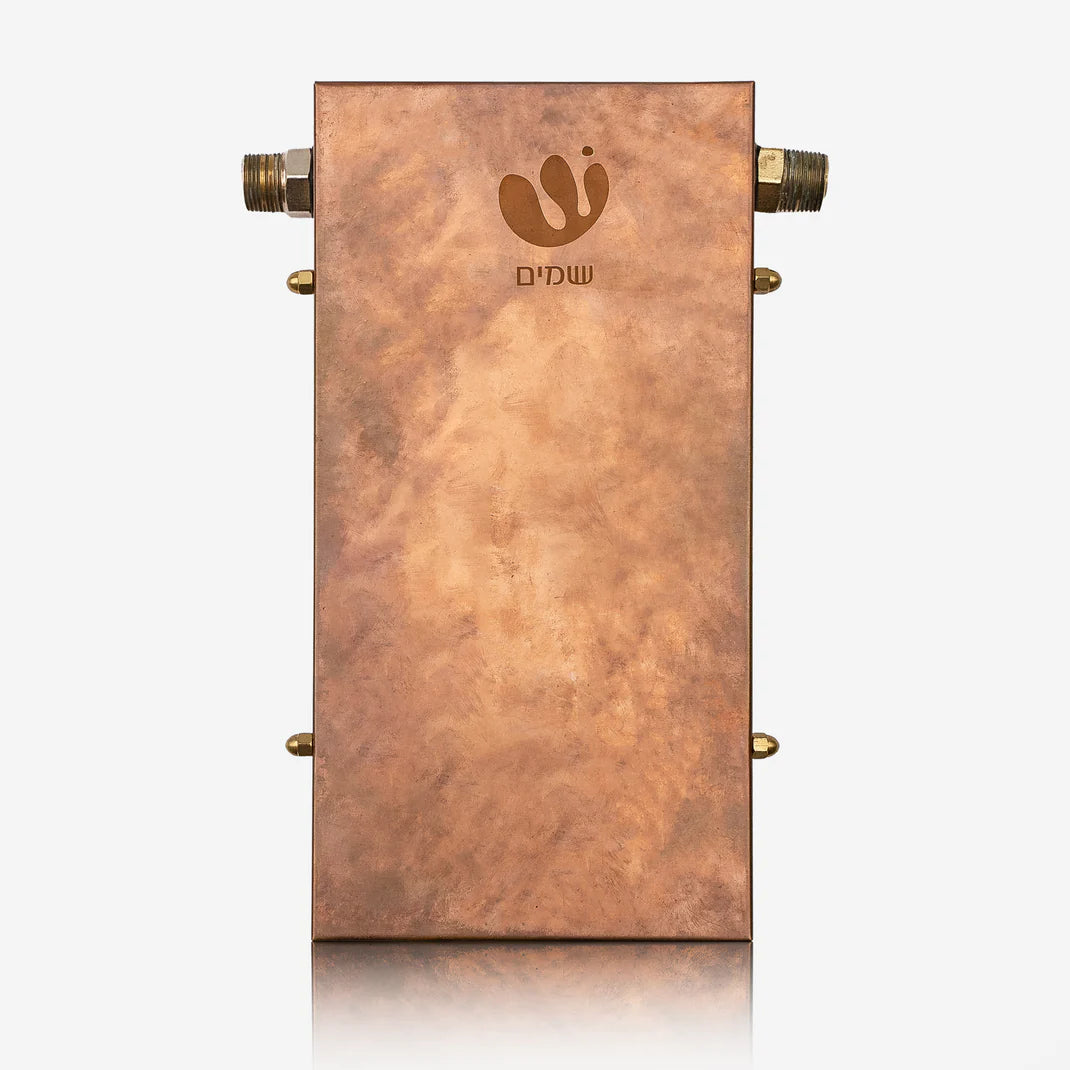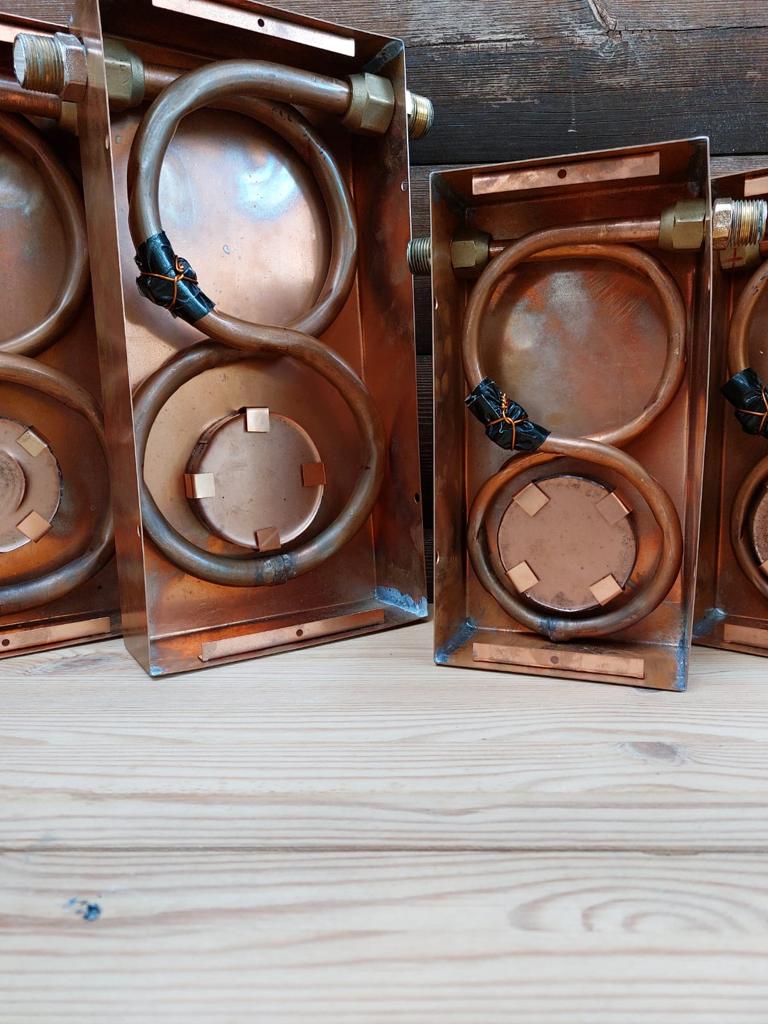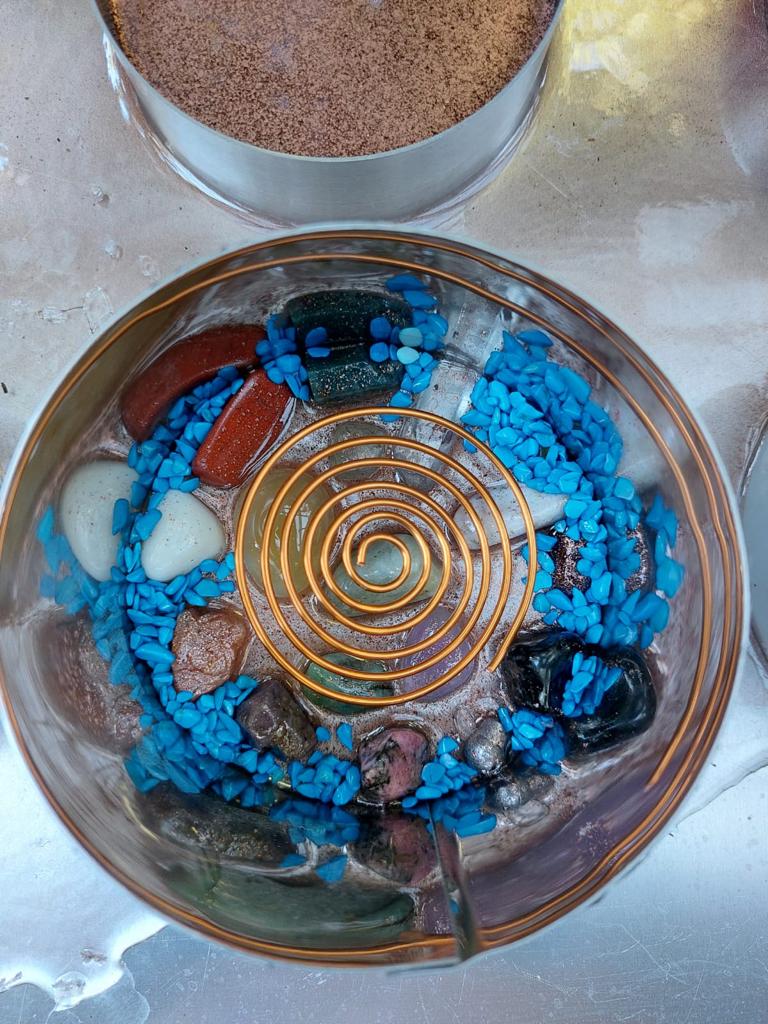Heavy Metals in Drinking Water: Dangers, Home and Professional Testing, and Recommendations - Everything You Need to Know
What are heavy metals and why are they dangerous?
Heavy metals are metallic elements with high molecular weight, known for their ability to accumulate in the body and cause serious health damage. These metals include, among others, lead, mercury, cadmium, arsenic, aluminum, iron, copper and nickel. [1] [2] [3] Continuous exposure to heavy metals can cause damage to the nervous system, kidneys, liver, immune system, and even chronic diseases and cancer. [
] Children, pregnant women, and people with weakened immune systems are at particularly high risk. ] .
What heavy metals may be found in drinking water?
· Lead : Especially dangerous for children, damages bones, kidneys, liver and brain, and may cause developmental problems .
· Mercury : Damages the nervous system and kidneys.
· Cadmium : Causes damage to the kidneys, bones, and nervous system.
· Arsenic can cause skin problems, cancer, and liver damage. [ .
· Copper : damages the digestive system, liver, and kidneys .
· Iron Excess iron can cause fatigue, weakness, and liver damage .
· Aluminum, nickel, lead : in high concentrations may be toxic .
What are the health hazards of heavy metals in water?
The presence of heavy metals in drinking water above certain levels can lead to accumulation in the body and harm public health. Health effects include: cardiovascular disease, neurological damage, cancer, impaired fertility, kidney damage, high blood pressure, and impaired cognitive development in children. []
What tests are available to detect heavy metals in water?
Home tests
· Simple chemical kits : Based on color change and allow the detection of lead, copper, and iron. Their reliability is limited, they do not detect low levels or additional metals, and their results are affected by factors such as pH, chlorine, and turbidity [ .
· Home fluorescent photometer : Advanced digital devices that allow the identification of certain metals (depending on the model). They are more reliable than simpler systems, but are expensive and not always available for all types of metals.
· Order a professional home sample : A certified sampler collects a sample from the tap and sends it to a certified laboratory. The most reliable home method, but it is not completely "independent".
Limitations of home tests:
· Only recognize some metals, mainly lead, copper, and iron
· They are not approved by the Ministry of Health.
· Low sensitivity – does not detect low levels of danger .
Professional laboratory tests
· Certified laboratory tests : are performed in laboratories approved by the Ministry of Health (such as "Aminolab", "Galit"), using advanced technologies (such as ICP-MS) that allow the identification of trace levels of dozens of metals, including mercury, cadmium, arsenic, chromium, and more. [ .
· Professional sampling : is carried out by a certified sampler, while adhering to sampling, transportation and storage conditions.
· High reliability : Accurate, monitored and approved results for official use. Enables detection of risks even at extremely low levels.
Advantages
· High reliability and sensitivity.
· Broad coverage of all relevant metals.
· Legally and officially acceptable results.
Disadvantages
· Higher cost 500–1,500 NIS
· Waiting time for results 3–7 days
What are the Ministry of Health and the Ministry of Environmental Protection examining?
· Ongoing monitoring of public water sources, including annual sampling and laboratory testing for at least 12 heavy metals [8] [6] .
· Sediment testing in natural water sources and streams.
· Defining maximum permissible levels for each metal in drinking water, in accordance with international standards [ .
· Increased supervision in at-risk areas near factories, old infrastructure, etc.
Comparison between home and laboratory tests
|
parameter |
Home tests |
Professional laboratory tests |
|
reliability |
Low-medium |
High (scientific validity) |
|
sensitivity |
Limited (high levels only) |
High (micrograms per liter) |
|
Types of metals |
Limited (mainly lead/copper) |
All relevant metals |
|
Approvals |
Without official confirmation |
Approved by the Ministry of Health |
|
cost |
100–500 NIS |
500–1,500 NIS |
|
Time to result |
Instant-hours |
3–7 days |
Recommendations for maintaining water quality at home
· Order a certified laboratory test once in a while, especially in homes with old plumbing or near industrial areas.
· Avoid drinking water that is cloudy or has an unusual taste/smell. [] .
· Replacing old piping (mainly made of hazardous metals).
· Installing approved filters if necessary and checking their integrity on a regular basis.
Summary
Home tests for heavy metals in water may be used as a preliminary tool only, but are not a substitute for professional testing in a certified laboratory. For reliable monitoring and to maintain health, it is recommended to rely on professional testing, especially when there is concern about exposure to hazardous metals or when there are suspicious signs of water quality.
Frequently Asked Questions (FAQ)
Can heavy metals be detected in water by taste or smell?
No. Most heavy metals are not detectable by the senses, so testing is the only way to detect them. .
Does desalinated water in Israel contain more metals?
Not necessarily; but they may be more corrosive and release metals from the pipes, so it is important to also check desalinated water. [ .
What to do if metal contamination is detected in water
Stop using the water, report it to the local authority and seek professional advice.
The article was written based on sources from the Ministry of Health, the Ministry of Environmental Protection, and recent studies.
1. https://he.wikipedia.org/wiki/Heavy_metals
2. https://www.carmelica.co.il/health-articles/heavy-metal-testing-targets-methods-and-research/
3. https://www.nhw.co.il/dangerous-metals-in-tap-water.html
4. https://infospot.co.il/n/Israeli_Research_The_concentration_of_metals_in_desalinated_water_is_not_higher_than_groundwater
5. https://www.ynet.co.il/article/4936341
6. https://www.gov.il/BlobFolder/reports/child-exposure-heavy-metals/he/files_publications_units_environmental_health_Heavy_metal_Kids.pdf
7. https://galit.co.il/מים/ביטקטערט-קילום-מטקע-קהבות-במירת-שתאיה/
8. https://www.gov.il/he/pages/survey_hvmetals_drinkingwater










